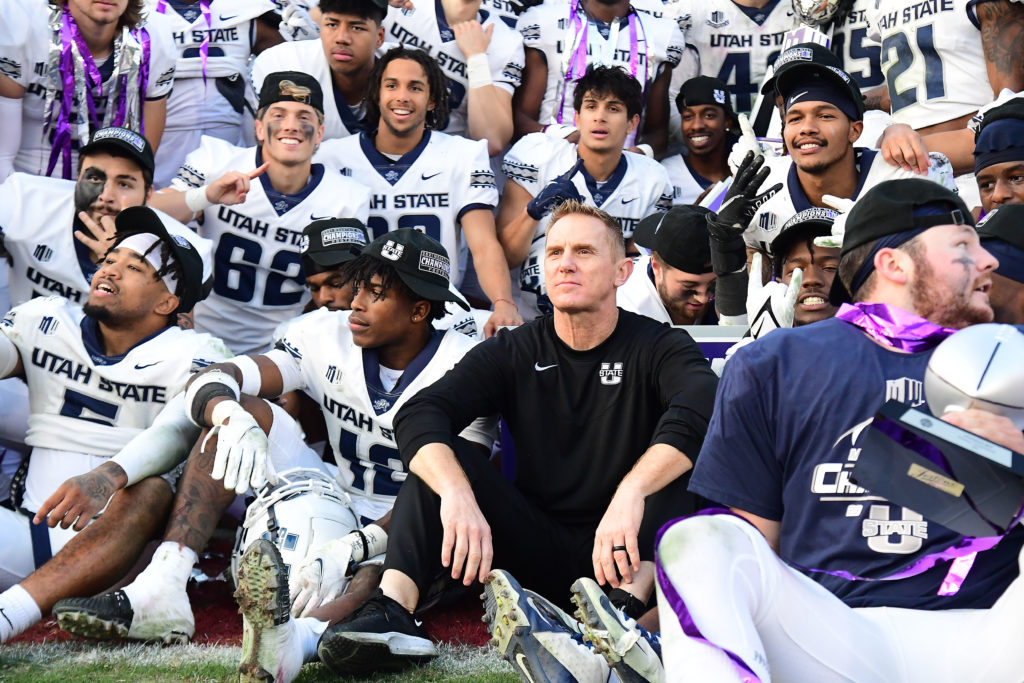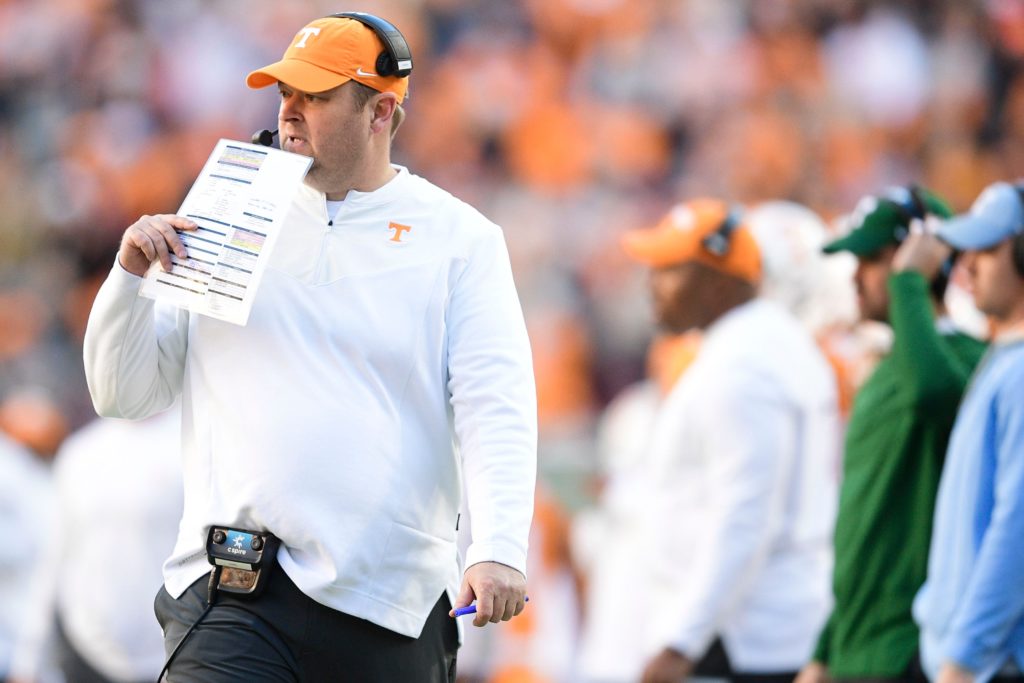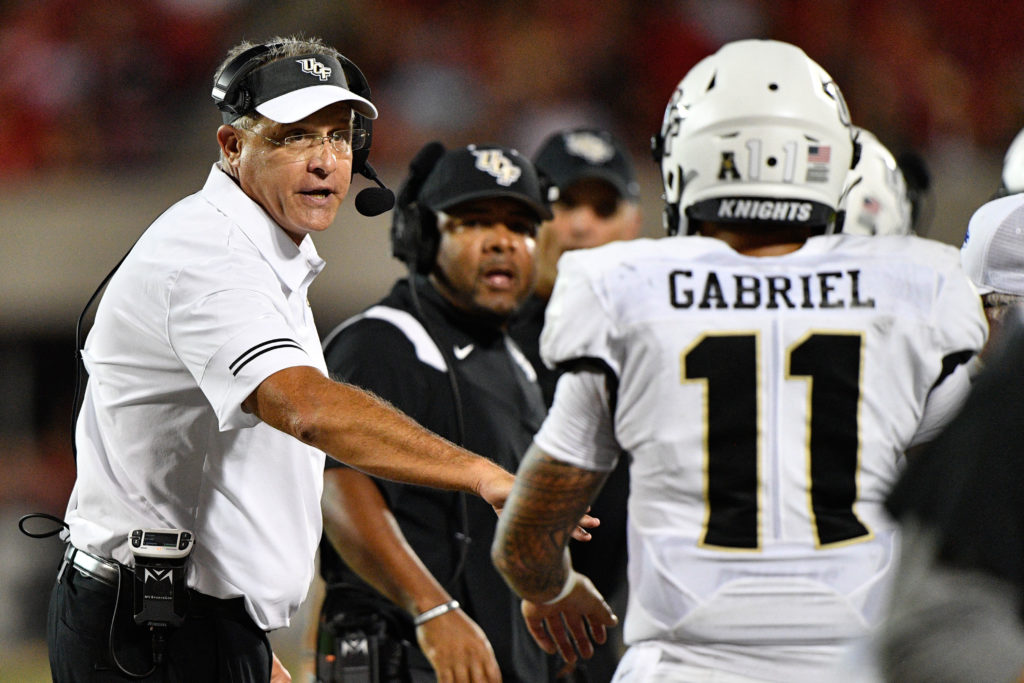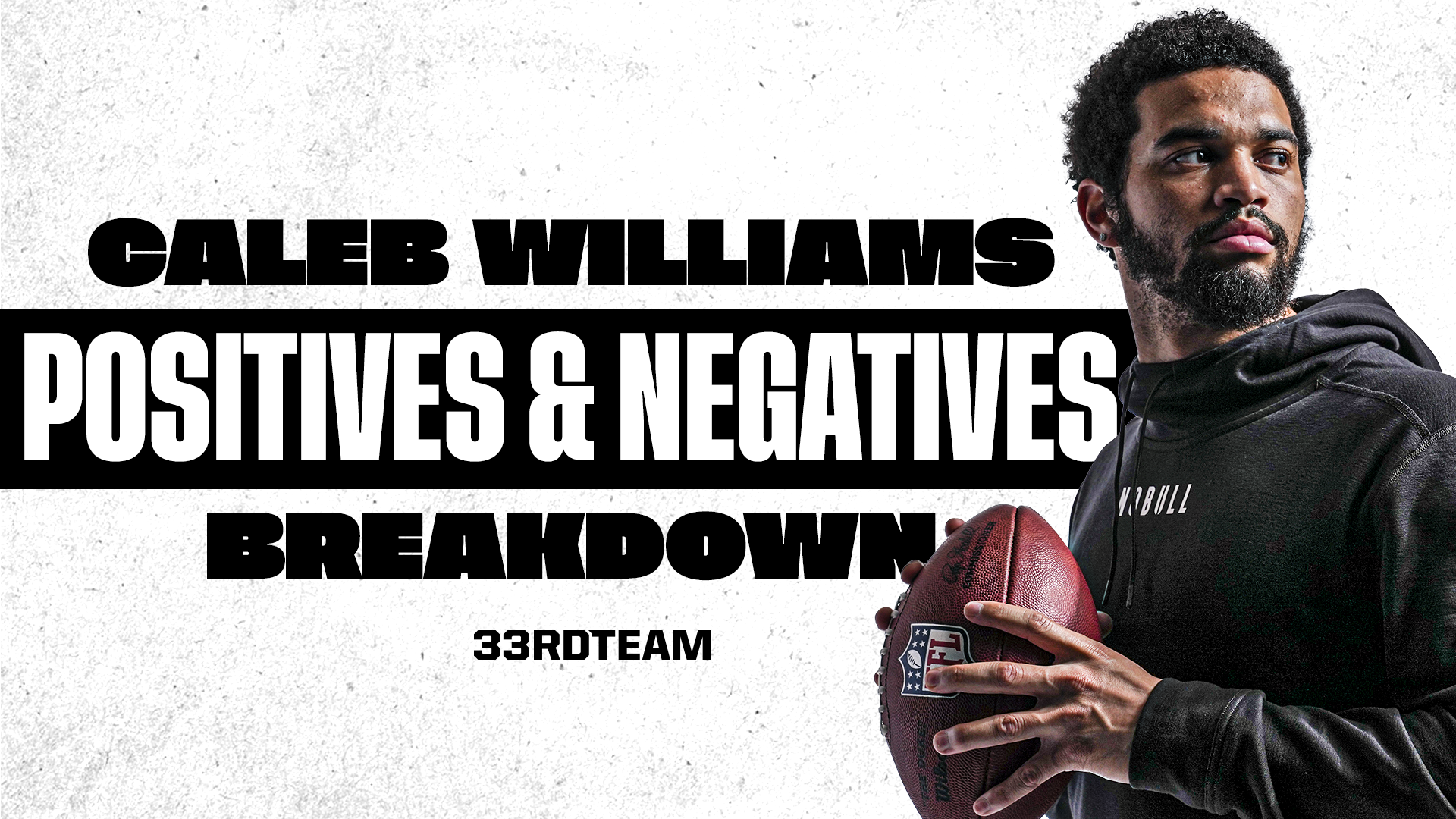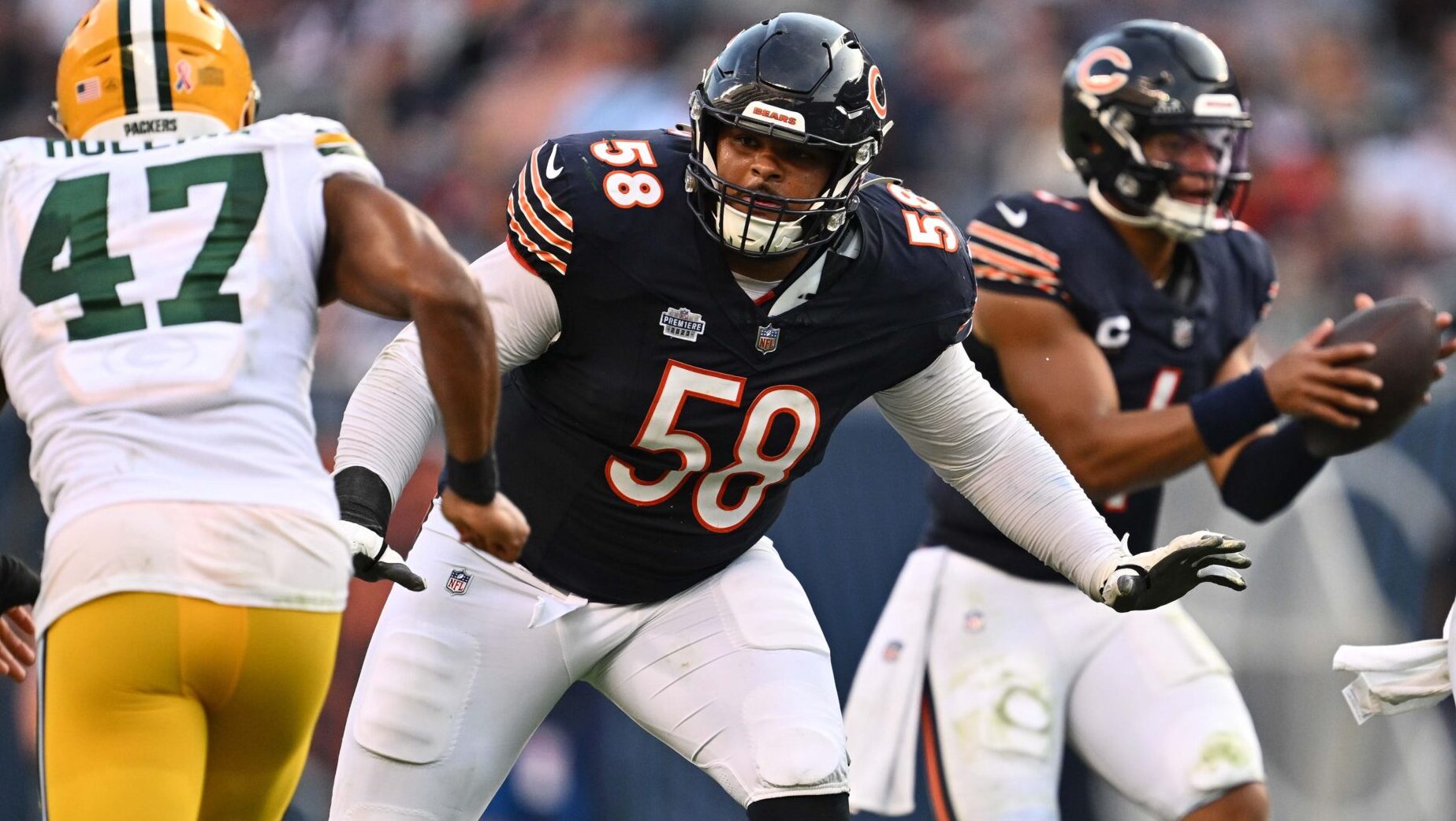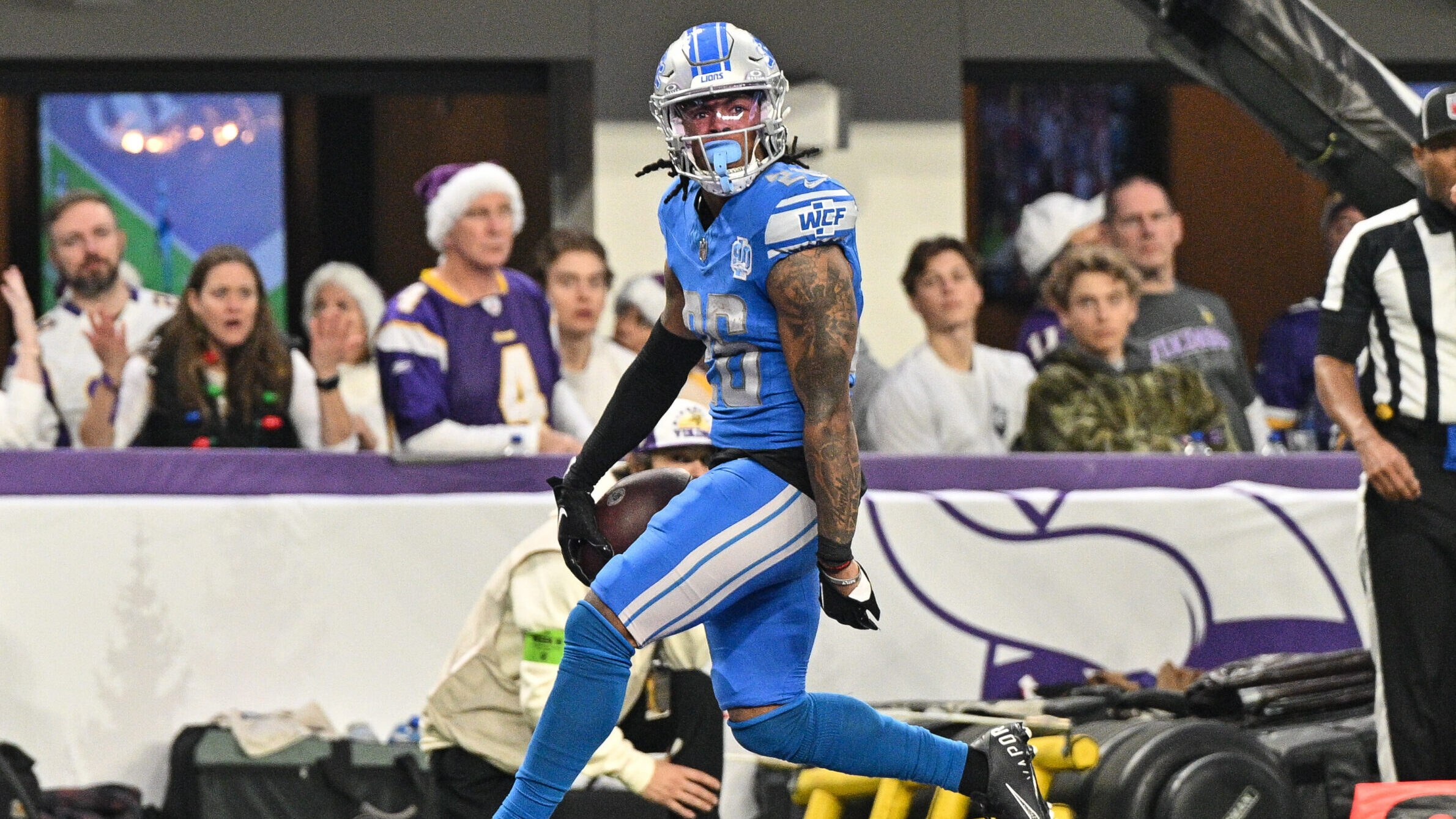Analysis
12/13/21
15 min read
Reloading Not Rebuilding: The College Football Transfer Portal
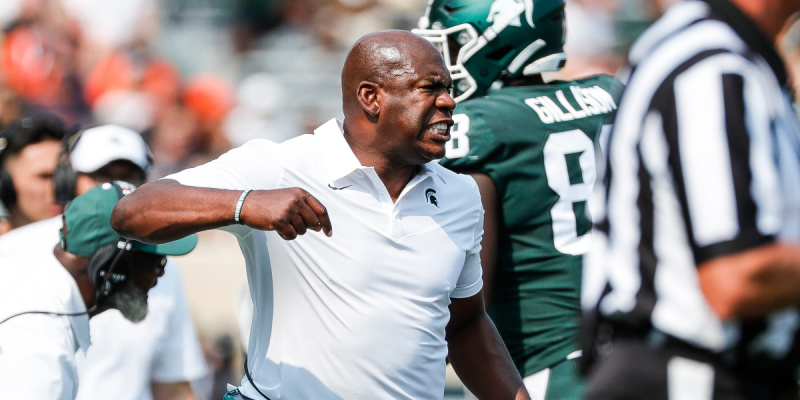
Alabama, Georgia, Ohio State, and the likes of other power five teams have dominated the recruiting class rankings for as long as many can remember. Year in and year out, these schools bolster their rosters with many talented 4- and 5-star players. In hoarding most of the young high school talent, these rosters have become extremely deep, with future stars sitting on the bench.
However, since October of 2018, when the NCAA transfer portal debuted, the college football landscape has changed. Slowly but surely, the NCAA transfer process is morphing into a college football free agency period, allowing schools and players alike to interact and match with one another.
This addition of the transfer portal provides the opportunity for more balance throughout college football. Programs will now have to fight to retain their young and talented players if they aren’t playing early in their career because other schools now have the opportunity to capitalize on players unhappy in their current situation.
College coaches are now faced with a question of their own: devote time and resources recruiting high school players, or navigate the transfer portal? New coaches must decide whether to “rebuild” or “reload.” The idea of rebuilding has associated itself with long term; it takes years to implement a new culture and to acquire the necessary players and pieces to have success. However, with the addition of the transfer portal, and the influx of talented players chomping at the bit to play, coaches can now restructure their rosters and positional depth charts by reloading based on team needs.
After Oklahoma lost Kyler Murray to the draft in 2018, Lincoln Riley could have decided to rebuild around young players like Austin Kendall or Tanner Mordecai. Instead, he decided to reload through the portal, adding Jalen Hurts to the roster, resulting in a college football playoff berth. The transfer portal is like dominos: once one falls, the rest follow. Hurts transferred to Oklahoma, Kendall transferred to West Virginia, and Mordecai transferred to SMU.
Hurts was a two-year starter at Alabama before he lost his starting job to star recruit, Tua Tagovailoa. Instead of transferring immediately and having two years of eligibility, he decided to stay and help his team orchestrate a comeback win over Georgia in the SEC championship game. The following year he transferred to Oklahoma, where he led the Sooners to a 12-2 record and the college football playoff.
Mel Tucker, longtime college and NFL coach, became the first to fully devote time and resources to reloading, rather than rebuilding. After leaving Colorado and accepting the head football coach position at Michigan State in 2020, Tucker faced the early challenges of the transfer portal. In a shortened 2020 season, the Spartans went just 2-5 and lost about 27 players to the transfer portal, including starting QB Rocky Lombardi. In response, Tucker identified positional needs and quickly began filling them through the portal. Tucker brought in Kenneth Walker, a running back from Wake Forest and the 95th ranked transfer recruit in the country. Walker ended the 2021 season as the Big 10 rushing leader, 2nd in the country in rushing yards (1636), and 8th in the country in rushing TDs (8).
With the additions of Walker and the 19 other impact transfers, Tucker and the Spartans marched to a 10-2 record and a date with 12th ranked Pittsburgh in the Chick-Fil-A Peach Bowl. Currently in his second season, Tucker the Spartans are attempting to win 11 games for the first time since 2015. Rather than taking years to rebuild, Tucker was able to reload and piece together a successful football team, filling positional needs with key players through the portal.
“The four-, five-, six-year plan to be competitive...I think those days are over,” said Tucker (Pouncy, 2021). It isn’t just Tucker who thinks this. Three head coaches in their first years at new schools followed Tucker and began reaping the fruit the portal had to offer.
Here are the top 3 head coaches in their first year at a new school for 2021:
1) Blake Anderson — Utah State Aggies
Blake Anderson is in his first year as head coach at Utah State. Previously, he was the head coach at Arkansas State, where he amassed a 51-37 record, from 2014 to 2020. Anderson was busy early, signing 14 transfers from the portal, 8 of which from power 5 schools and 3 who followed him from Arkansas State. However, the biggest piece of the puzzle for Anderson was re-signing star WR Deven Thompkins Jr., a current Aggie who had entered the portal. Re-signing Thompkins Jr. along with adding key transfers resulted in immediate success for Anderson’s squad.
Anderson and his revamped Utah State Aggies battled to a 10-3 record and a Mountain West Championship after besting 19th ranked San Diego State 46-13. The Aggies earned a bid to the Jimmy Kimmel LA Bowl, where they will face off against Oregon State. In just one year, Utah State went from a 1-5 team to a 10-3 Mountain West champion by improving in all facets of the game. The Aggies increased their points scored and total offense, while reducing points given up and yards allowed. Of the transfers and re-signed players, these eight made an immediate and notable impact on the Aggies championship run:
- Deven Thompkins Jr
- Re-signed WR: 1st Team all Mountain West, 2nd in the country in receiving yards (1589) and 4th in the country in receptions (96)
- Logan Bonner
- Arkansas State Transfer: Starting QB (3554 yards, 36 TDs and 11 INT)
- Calvin Tyler Jr
- Oregon State Transfer: Leading rusher, 764 yards and 6 TDs
- Brandon Bowling
- Arkansas State Transfer: 2nd in receptions, yards, and TDs (52-784-9)
- Justin Rice
- Arkansas State Transfer: 2nd Team all Mountain West, 1st in tackles and INTs (115 – 3), and 2nd in tackles for loss (13.5)
- Byron Hobbs-Vaughs
- Texas Transfer: 2nd in sacks (4.5) and 3rd in tackles for loss (11)
- Hunter Reynolds
- Michigan Transfer: 2nd in total tackles (82) and 4th in sacks (2)
- Patrick Joyner
- Miami Transfer: 3rd in sacks (3.5) and 5th in tackles for loss (7.5)
|
Utah State Aggies
|
2020 | 2021 | ||
| # | Country Rank | # | Country Rank | |
| Record | 1-5 | 114/128 | 10-3 | 19/130 |
| PPG | 15.5 | 125/128 | 33.2 | 31/130 |
| Opp PPG | 35.2 | 101/128 | 25.3 | 58/130 |
| SRS* | -19.38 | 123/128 | 4.76 | 53/130 |
| Offensive Yards P/G | 275.8 | / | 453.6 | / |
| Defensive Yards Allowed P/G | 485.3 | / | 391.1 | / |
Anderson focused on filling roster needs with immediate impact players from all over the country. Identifying needs at the skill positions, Anderson capitalized on bringing in his former players, Bonner and Bowling, along with retaining Thompkins Jr. Bowling and Thompkins Jr. accounted for roughly 60% of the receiving yards on a team that thrived on offense, averaging about 15 more points per game and almost 200 more yards of total offense per game than the 2020 season.
Anderson also bolstered his defense, adding studs like Justin Rice and Hunter Reynolds, who dominated Mountain West competition, resulting in the Aggies defense improving tremendously. In just a year, the Aggies let up 10 fewer points per game and almost 100 fewer yards of total offense. Rice, who had previously transferred from Utah State to play for Anderson at Arkansas State, followed Anderson back to Logan, Utah.
SRS is the simple rating system that measures average point differential and strength of schedule for programs. On average, a college football program with a first-year head coach has an SRS rating of roughly 4.7 spots worse in 2021 than in 2020 (NCAA.com, 2021). This rating tells us first year coaches are struggling to find success in terms of average point differential, while considering strength of schedule. Blake Anderson experienced no such struggle, recording a SRS of 4.76, which ranked 53 out of 130, roughly 70 spots better than the 2020 Aggies SRS of -19.38 (123/128). Anderson was able to quickly identify positional needs, fill those needs with immediate impact players, and then capitalize on and off the field during the 2021 season. Blake Anderson and the Utah State Aggies successfully reloaded from a bottom feeder in 2020 to the Mountain West champions in 2021.
2) Josh Heupel — Tennessee Volunteers
After a successful tenure at UCF, going 28-8, Josh Heupel accepted the head coaching position at the University of Tennessee. In his first couple of months, Heupel was cut and gashed by the double-edged sword that is the transfer portal.
The portal gives and it takes, and the new Tennessee coach suffered early on, as 28 total players left for new opportunities. With a 3-7 record in the 2020 campaign and 28 players leaving for other programs, Heupel quickly began identifying needs and fits for his desired Tennessee Volunteer roster.
The 2020 Volunteer team suffered from poor performance from its QB room, as the team relied on a platoon of five quarterbacks who all played in 4 or more games in the shortened season. The five QBs combined for only 2047 yards, 14 TDs, and 9 INTs, dismal numbers for a quarterback, let alone five combined. Heupel was a talented QB in his own right, finishing 2nd for the Heisman and leading his Oklahoma Sooners to a national championship in 2000. His eye for quarterback talent is evident, as he was able to quickly add key veteran QBs, including Hendon Hooker, a transfer from Virginia Tech and Joe Milton from Michigan. Hooker went on to throw for 2,567 yards, 26 TDs, and just 3 INTs, while running for an additional 560 yards and 5 TDs, far surpassing the mediocre QB numbers from the previous year.
Hooker and Milton were followed by eight other transfers, 4 of which ranked in the top 150 transfer rankings list. These players immediately impacted the Volunteer program, as Tennessee bounced to a 7-5 record and a date with Purdue in the Music City Bowl. Heupel quickly converted a team plagued with miserable offense output into the 9th best scoring team in the country with the help of these key offensive additions:
- Javonta Payton
- Mississippi State Transfer: 1st in yards per reception (23.7) and 2nd in receiving TDs (6)
- Chase McGrath
- USC Trojans Transfer: 60 for 60 on XPs and 11 for 14 on field goals
- Hendon Hooker
- Virginia Tech Transfer: Starting QB (2567 yards, 26 TDs and 3 INTs)
- Ran for 560 yards and 5 TDs
- Virginia Tech Transfer: Starting QB (2567 yards, 26 TDs and 3 INTs)
- Joe Milton III
- Michigan Transfer: Threw for 376 yards and 2 TDs,
- Ran for 130 yards and 2 TDs
- Michigan Transfer: Threw for 376 yards and 2 TDs,
|
Tennessee
|
2020 | 2021 | ||
| # | Country Rank | # | Country Rank | |
| Record | 3-7 | 99/128 | 7-5 | 45/130 |
| PPG | 21.5 | 109/128 | 38.8 | 9/130 |
| Opp PPG | 30.1 | 69/182 | 27.5 | 78/130 |
| SRS* | 1.49 | 52/128 | 8.45 | 28/130 |
| Offensive Yards P/G | 346 | / | 458 | / |
| Defensive Yards Allowed P/G | 407.4 | / | 404 | / |
Heupel inherited a sloppy, inconsistent, and unreliable offensive bunch from the 2020 campaign. However, with the help of the portal, Tennessee was able to create a dynamic, consistent, and dependable offensive team in just one year. Heupel’s new and improved offense averaged almost 40 points per game, ranking them 9th best in the nation, 100 spots better than the previous season. The Volunteers were more explosive, averaging over 100 more yards of total offense and almost 20 more points per game, while improving at protecting the football, turning it over 12 times compared to 15 in 2020.
The offensive-minded coach was also able to bolster his defense, adding depth and strength to the defensive line. Coming off a season where the Volunteer defense got to the opposing QB only 20 times, Heupel added more key pieces like Da’Jon Terry (Kansas) and Caleb Tremblay (USC Trojans), who helped the Volunteer defense sack opposing quarterbacks 32 times. This constant defensive pressure created ample opportunity for turnovers, as the Vols were able to flip the field on 13 separate occasions. In Heupel’s first year the Vols were able to achieve historic performances, as the offense scored the 2nd most points per game in program history (1993 – 40.3) and produced a positive turnover differential for the first time since 2015.
Facing the gauntlet that is the SEC, the Vols recorded an SRS of 8.45, ranking them 28th in the country. Of their five losses, four came from teams ranked in the top 12 (Alabama, 1 - Georgia, 3 – Ole Miss, 8 - Pittsburgh, 12). Even in the fiercest of competition, with their backs up against the wall, Heupel and his Volunteer squad were able to thrive on both sides of the ball. Utilizing the transfer portal immediately after it seemed to have burned him, Heupel was able to construct an explosive and successful roster that should give Vols’ fans hope for the upcoming seasons.
3) Gus Malzahn – UCF Knights
Similar to the aforementioned coaches above, Gus Malzahn is in his first year as head football coach for the UCF Knights. Before coming to Central Florida, Malzahn spent eight years (2013-2020) coaching the Auburn Tigers, leaving behind an impressive legacy comprised of 68 victories, 35 defeats, 2 bowl game wins and one national championship appearance. However, Malzahn inherited a one-dimensional Knight team that went 6-4 in 2020, relying heavily on their offensive unit. The defense suffered, as they gave up roughly 33 points per game (92 out of 128) and allowed 491 yards of offense per game. Malzahn identified the disparities between the offensive and defensive sides of the ball and instantly began adding necessary pieces to bring balance to the Knights game.
Quickly capitalizing on the portal, Malzahn was able to commit 8 transfers, two of whom followed him from Auburn. These players helped the Knights go 8-4, earning a bid in the Union Home Mortgage Gasparilla Bowl versus in-state foe Florida. The Knights were able to churn out a more balanced offensive attack and bring stability and fire to the defensive side of the ball with the help of these notable additions:
- Bryson Armstrong
- Kennesaw State Transfer: FCS All American LB, 2nd in assisted tackles (35) and 3rd in total tackles (77)
- Isaiah Bowser
- Northwestern Transfer: 1st in rushing TDs (7) and 2nd in rushing yards (549)
- Mark-Antony Richardson
- Auburn Transfer: 2nd in rushing TDs (5) and 3rd in rushing yards (309)
- Big Kat Bryant
- Auburn Transfer: 1st Team all American Athletic Conference, 1st in sacks and tackles for loss (6, 13) and 5th in total tackles (48)
- Ricky Barber Jr
- Western Kentucky Transfer: 3rd in sacks (3) and 4th in tackles for loss (5.5)
|
UCF
|
2020 | 2021 | ||
| # | Country Rank | # | Country Rank | |
| Record | 6-4 | 45/128 | 8-4 | 32/130 |
| PPG | 42.4 | 8/128 | 32.2 | 38/130 |
| Opp PPG | 33.2 | 92/128 | 25.2 | 55/130 |
| SRS* | 5.92 | 36/128 | 1.97 | 65/130 |
| Offensive Yards P/G | 568 | / | 400 | / |
| Defensive Yards Allowed P/G | 491 | / | 369 | / |
The 2020 Knights relied heavily on standout QB, Dillon Gabriel, creating an unbalanced, yet explosive offensive attack. Malzahn focused on bringing in weapons like Bowser and Richardson, to provide the Knights a more balanced offensive approach. Sadly, the Knights’ game plan was tested early as Gabriel suffered a season ending injury just three games in and Bowser suffered an injury that resulted in him missing 5 of the last 9 games. Freshman QB Mikey Keene was thrown into the fire, leading the Knights to a 6-3 record after Gabriel’s injury. Relying on their balanced attack and transfer running backs, the offensive averaged 32 points per game and 400 yards of total offense.
Malzahn’s defensive additions were exceptional, allowing the Knights to transition from a porous 2020 defense that allowed 491 yards of offense per game into a tough and rigid unit in the 2021 campaign. Led by Big Kat Bryant, a 1st Team All AAC player, the Knights were able to allow 120 less yards per game and 8 less points per game. This newly reinforced defensive front, led by Bryant and Barber, were able to record the most sacks in a UCF season (34) since 2016 (38). This constant pressure forced opposing QBs to get rid of the ball quickly, resulting in open season for the Knights secondary, who capitalized and increased their interception total from the previous year.
One can only wonder what the Knights outlook would have been had Gabriel and Bowser stayed healthy, 9-3? 10-2? It is impossible to tell. However, it is possible to determine that Malzahn did a marvelous job creating a well-rounded balanced attack that could sustain two major injuries and still run smoothly and efficiently. Additionally, the pieces Malzahn added to the UCF roster developed into immediate impact players who improved an inadequate defense and one-sided offense. Knight fans should be eager and excited to see what Malzahn and his staff can accomplish with more time under their belts.
The art of college coaching is not a one-way street, and there is no definitive answer to the age-old question of how to win games. There is no right or wrong, but rather a whole lot of gray area in-between, waiting to be figured out. The difference between successful coaches like those listed above and unsuccessful coaches is the ability to utilize the tools and information at one’s disposal. Is the transfer portal the be all end all? We don’t know. However, we do know that it is an exceptional tool, and when used properly can create a competitive advantage over those neglecting it.
With the college football landscape changing, and the transfer portal becoming more popular, the best of the best will learn how to adapt and utilize the tools around them. Mel Tucker was not the first coach to use the transfer portal, and Anderson, Heupel, and Malzahn are surely not the last. They are just a few of whom have successfully devoted time and resources to better understand the advantages the portal has to offer. We are in an exciting time; college football is reaching a point where recruiting and free agency are intertwining. Sit back and enjoy, things are just getting started.

